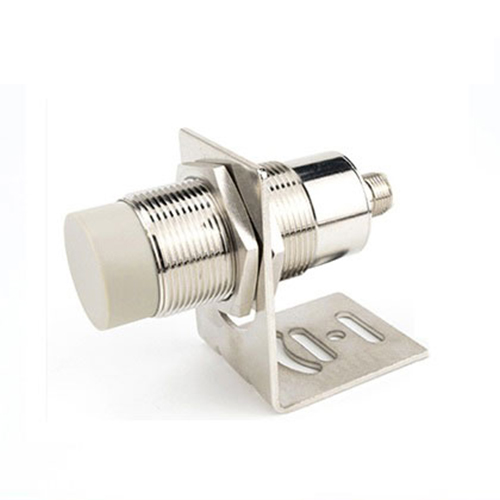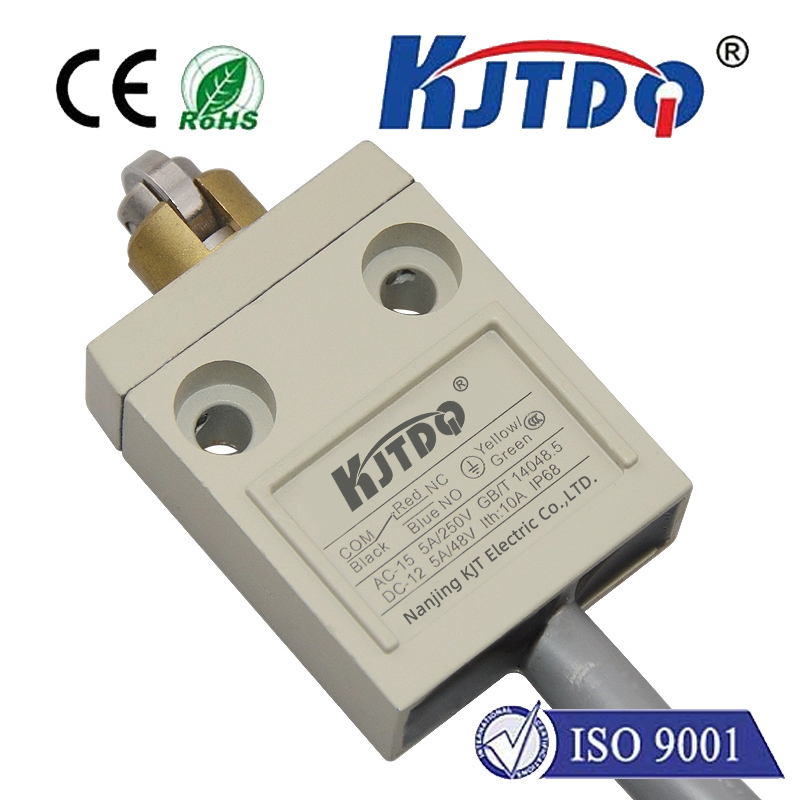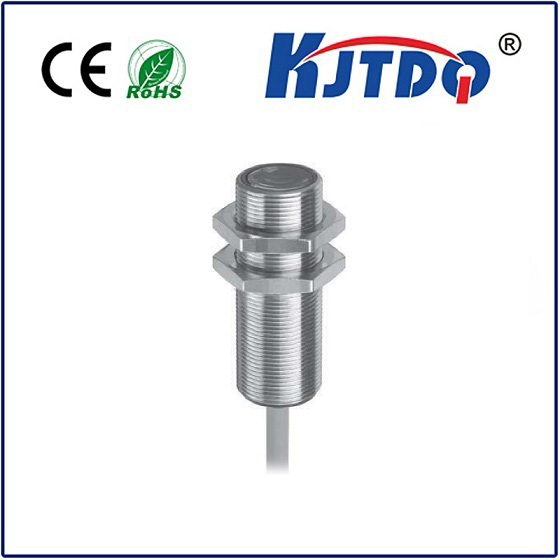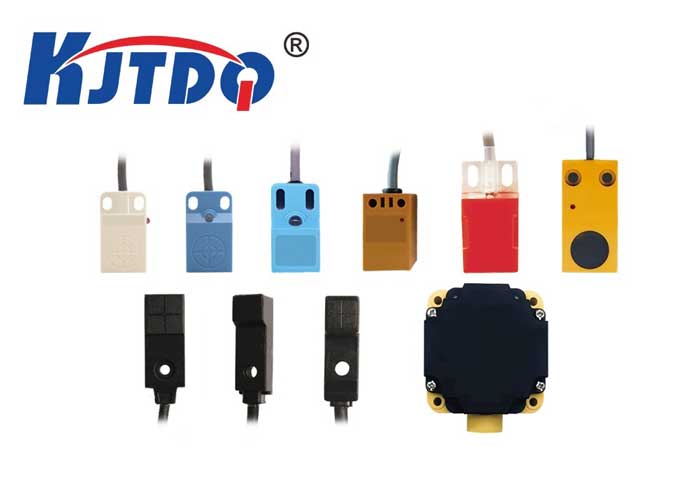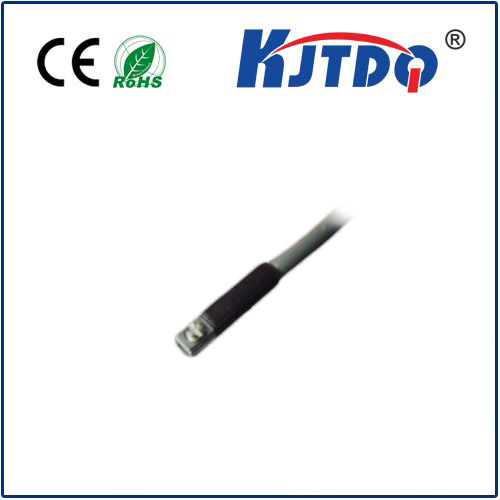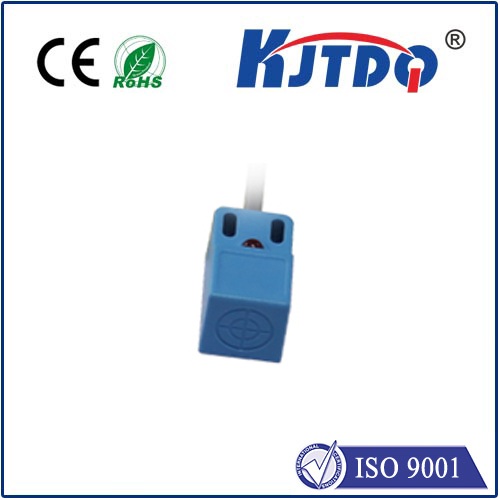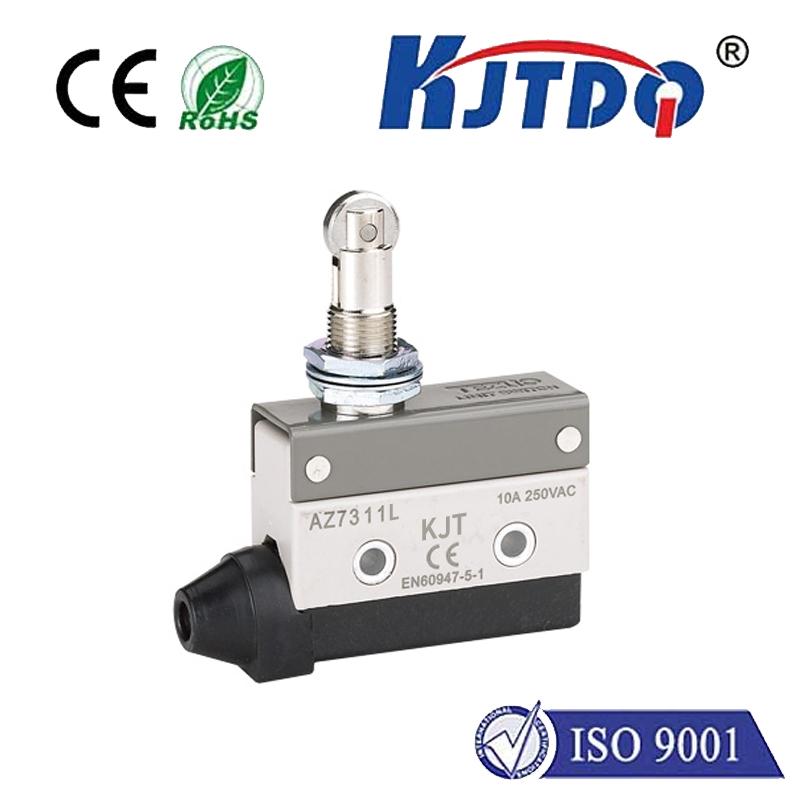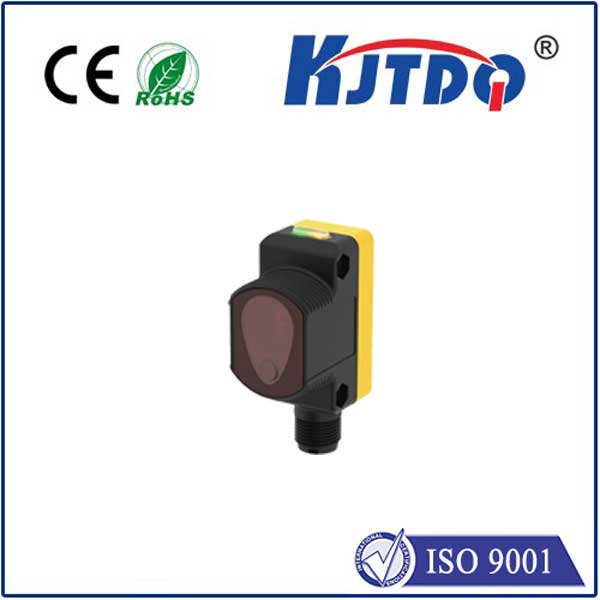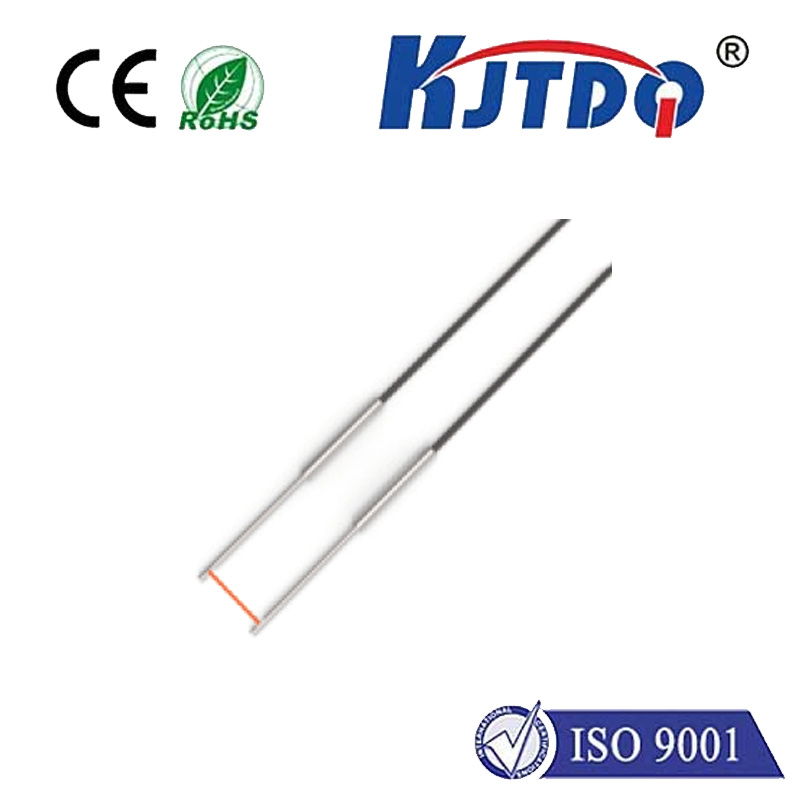

check

check

check

check

check

check

check

check

check

check
In today's fast-paced technological world, proximity sensors have become an integral part of various devices. These small yet powerful devices are designed to detect the presence or absence of objects at a certain distance from them. They are widely used in various industries, including automotive, healthcare, home automation, and industrial automation. However, there is a growing concern about the use of no proximity sensors in these devices. In this essay, we will discuss the importance of proximity sensors and their significance in modern technology.
Firstly, proximity sensors play a crucial role in improving the user experience of various devices. For instance, in smartphones, proximity sensors are used to activate the camera or lock/unlock the device. In smart homes, proximity sensors enable users to control lights, thermostats, and other appliances with a simple touch or voice command. In industrial automation, proximity sensors help detect the presence of workers in hazardous environments, thus preventing accidents. Without these sensors, these devices would not function efficiently or safely.
Secondly, proximity sensors can improve the accuracy and reliability of devices. By measuring the distance between the object and the sensor, proximity sensors can provide more precise data than traditional methods. This helps ensure that devices operate at optimal levels, reducing errors and improving overall performance. For example, in self-driving cars, proximity sensors help the vehicle navigate through traffic by detecting objects on the road and avoiding collisions. In medical equipment, such as surgical robots, proximity sensors ensure that the surgeon performs procedures with precision and accuracy.
However, there is a growing concern about the use of no proximity sensors in certain devices due to potential safety hazards. For instance, in some smart homes, users may accidentally activate an appliance without realizing it. This could lead to damage or injuries. In industrial automation, if workers continue to operate equipment without proper precautions, they may be exposed to hazardous conditions or accidents. Therefore, it is essential for manufacturers to design their products with proper safety measures to prevent such hazards.
In conclusion, proximity sensors play a crucial role in modern technology by improving the user experience, accuracy, and reliability of devices. While concerns exist about the potential safety hazards associated with no proximity sensors, manufacturers must design their products with proper safety measures to mitigate these risks. As technology continues to evolve, we can expect to see even more advanced versions of proximity sensors that further enhance our daily lives.
